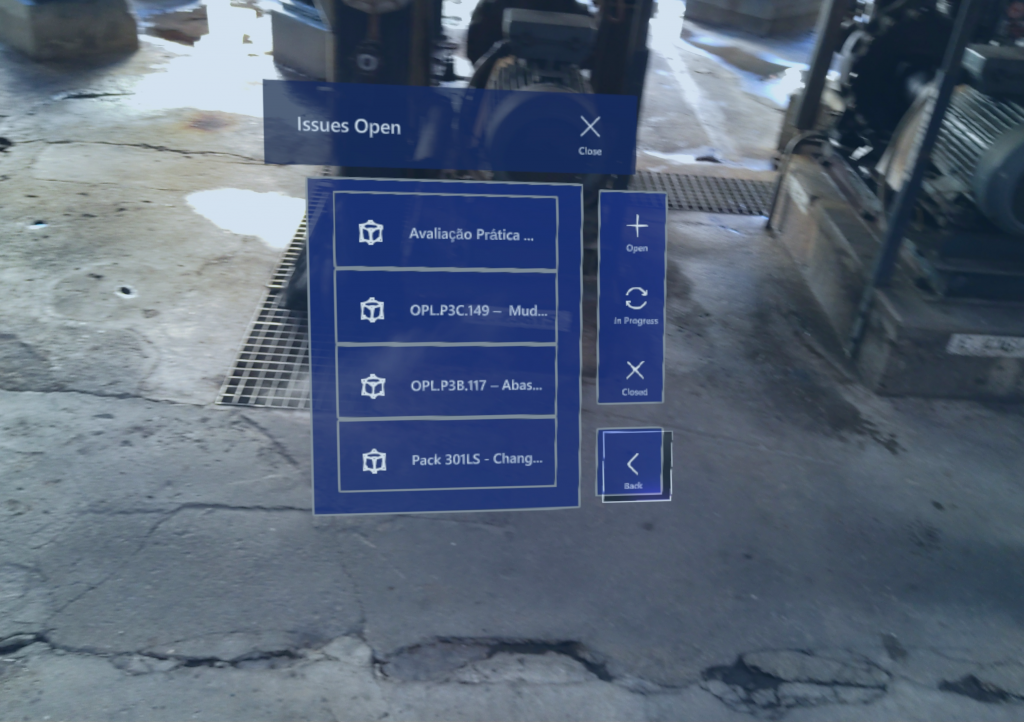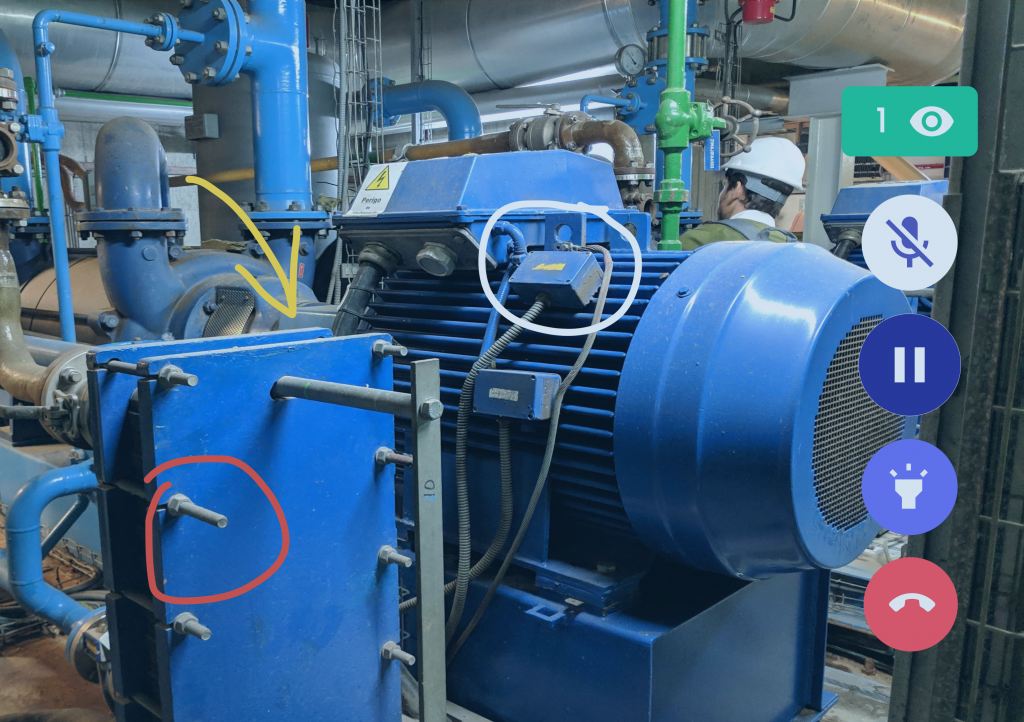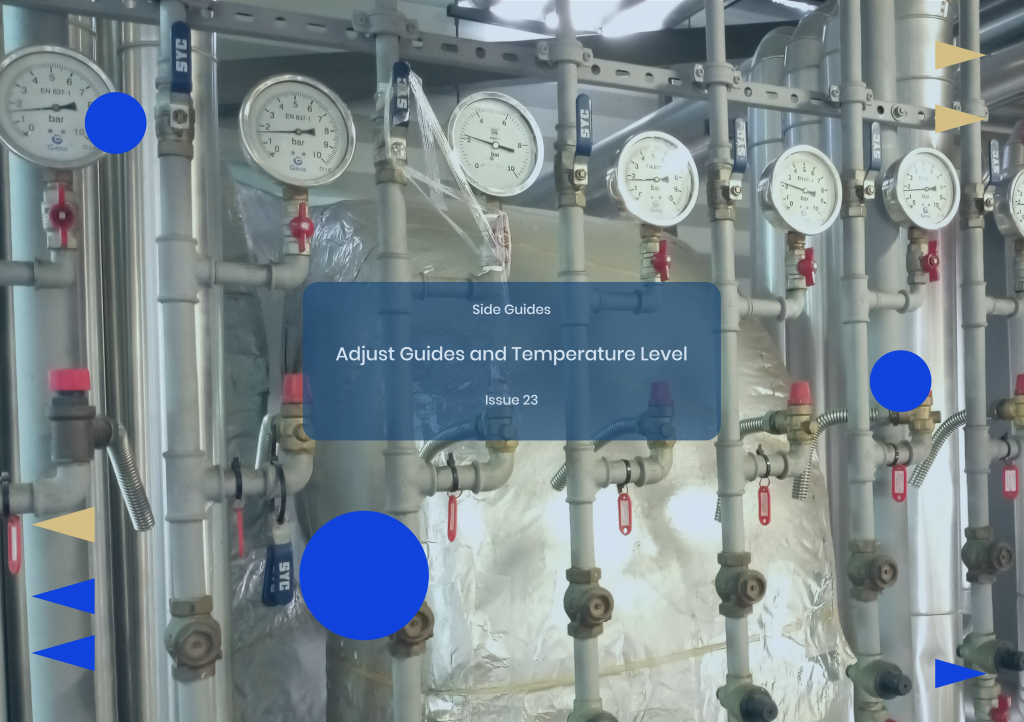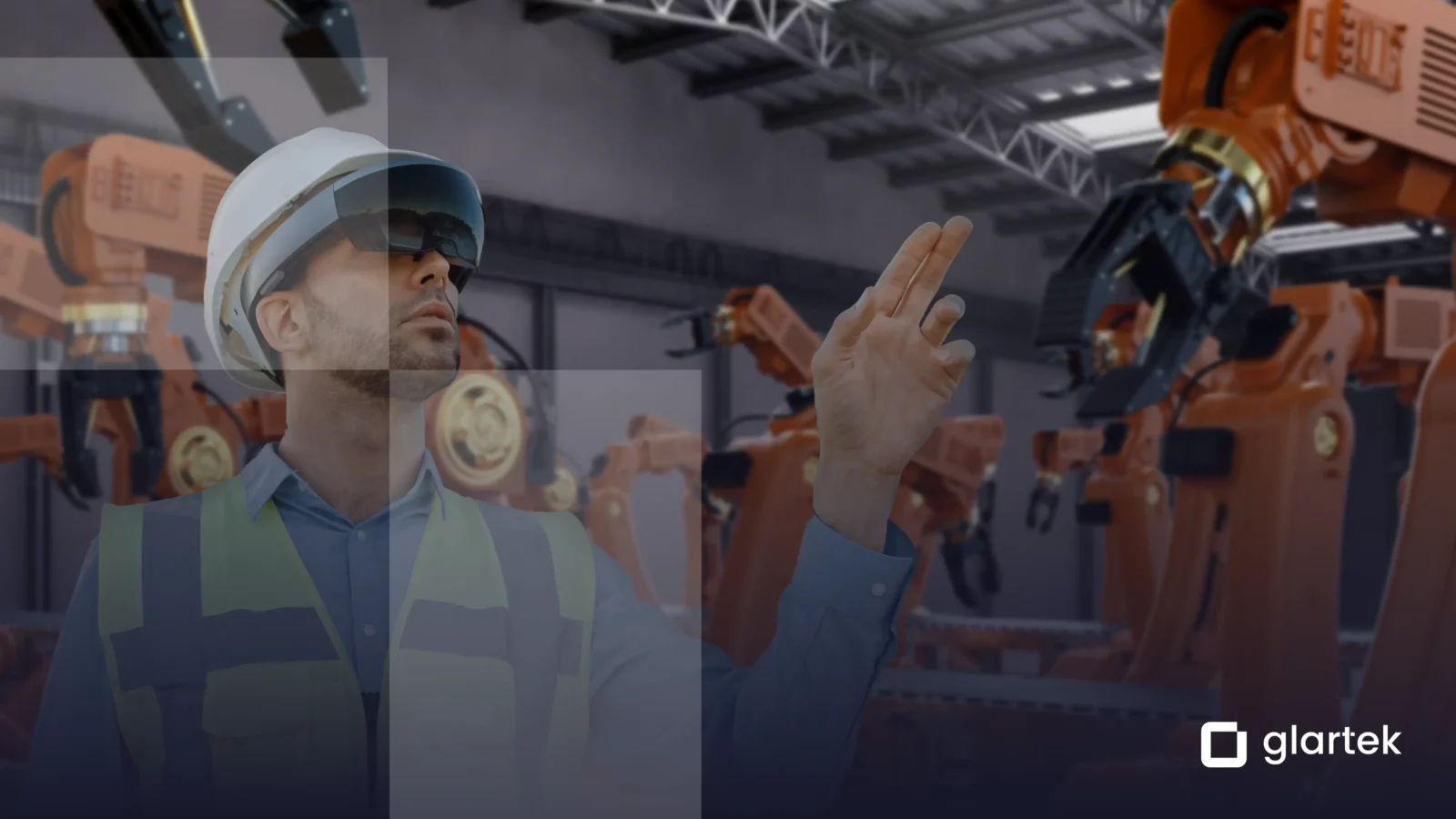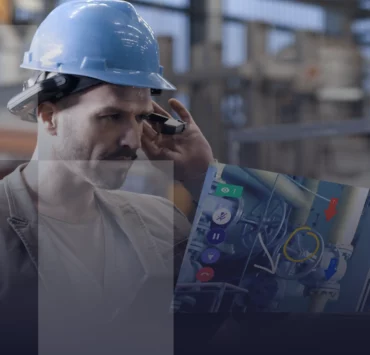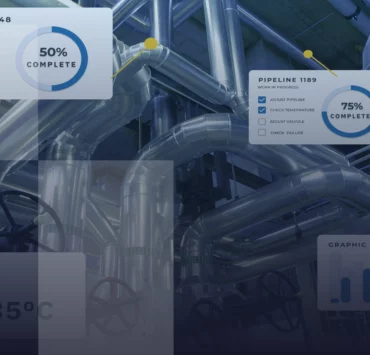There have been huge advances when it comes to Hands-free technologies. Nowadays, Hands-free tools allow us to do almost anything, mainly when it comes to Hands-free industrial operations.
Execute a maintenance procedure while visualizing guides, and still use both hands, providing voice commands to access any type of information, or even visualize data collected from equipment to ensure its compliance, are some of the numerous examples that this technology allows.
The age of the connected industrial worker, supported by hands-free tools, has been a long time coming. Gradually, over the last two decades, the Industrial Internet of Things (IIoT) has allowed greater numbers of machines to communicate with each other almost instantaneously. The logical next step for manufacturers is to merge humans and machines. And that time is now.
HANDS-FREE OPERATIONS IN THE INDUSTRY

Wearables ensure that users can maintain full situational awareness, and be more efficient in their tasks at the same time. This is a quality that is essential in potentially hazardous work environments, where technology needs to be hands-free and not obstructive in any way.
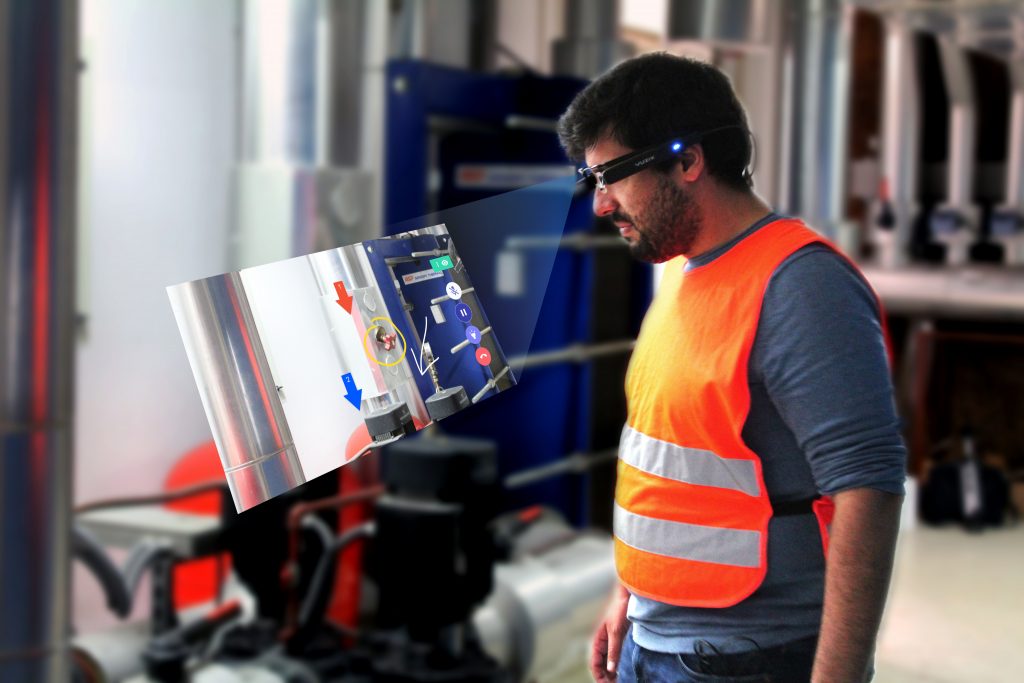
Wearable technology has become a necessity in its own right in order to enable workers to continue to operate safely, whilst reducing the number of people required to be physically present on site.
Companies that have since adopted this technology have empowered their workers out in the field to connect with colleagues and experts at any given moment, thus ensuring business continuity for them and the customers they serve. An expert, for instance, can now be based remotely as opposed to being on-site. In fact, the remote expert can guide any field operator that possesses wearables through a live video feed, audio, and real-time interactions.
This mitigates travel time, costs, environmental impact and ensures that people are kept safely apart where possible. And safety of course is goal number one in industrial settings.
“With this technology, you don’t have to send your best people to faraway locations (…) They can talk with a local person, and if [the company] has this integrated into a pair of smart glasses, you can do it all with one device hands-free.” Angela McIntyre
Extreme temperatures, poor air quality, dangerous chemicals, excessive noise, and radiation also need to be managed very carefully. Wearable computing offers the industry the opportunity to use cutting-edge technology to step-change the way organizations protect people and assets, improve workforce capability and operational efficiency while optimizing safety.
The importance of wearable technology being hands-free is paramount when it comes to operational safety. Advancements in speech and voice recognition have meant that wearables can be operated in extremely noisy industrial settings.
BENEFITS OF USING HANDS-FREE TOOLS IN THE INDUSTRY
Benefit 1: Enhances Worker Safety
Hands-free tools are designed with a safety and efficiency focus. Due to their durable construction, they can be used in nearly any industrial environment, and help workers achieve new productivity patterns by accessing data in real-time and place and still have both hands to work with.
Benefit 2: Improves Access to Information
Workers are able to access information when they need it, where and whenever they need it. Hands-free controls help workers stay focused on the task at hand, instead of having to travel to specific places on the shop floor, where they can access information about how to execute an operation.
Benefit 3: Increases Expert Accessibility
With video conferencing, remote experts are centralized. There is no need to have huge specialists teams anymore. The expert can now see what the worker is seeing in real-time. This enables onsite workers to collaborate with remote experts and solve issues on the spot.
The bottom line is that wearable technology — and modern tech, in general — is presenting so many new possibilities and opportunities for improving the way things operate. Both human workers, the equipment and tools they use can be modified to boost productivity, safety and efficiency. New industrial concepts are appearing to boost this new reality even further, such as the Augmented & Connected Worker.
